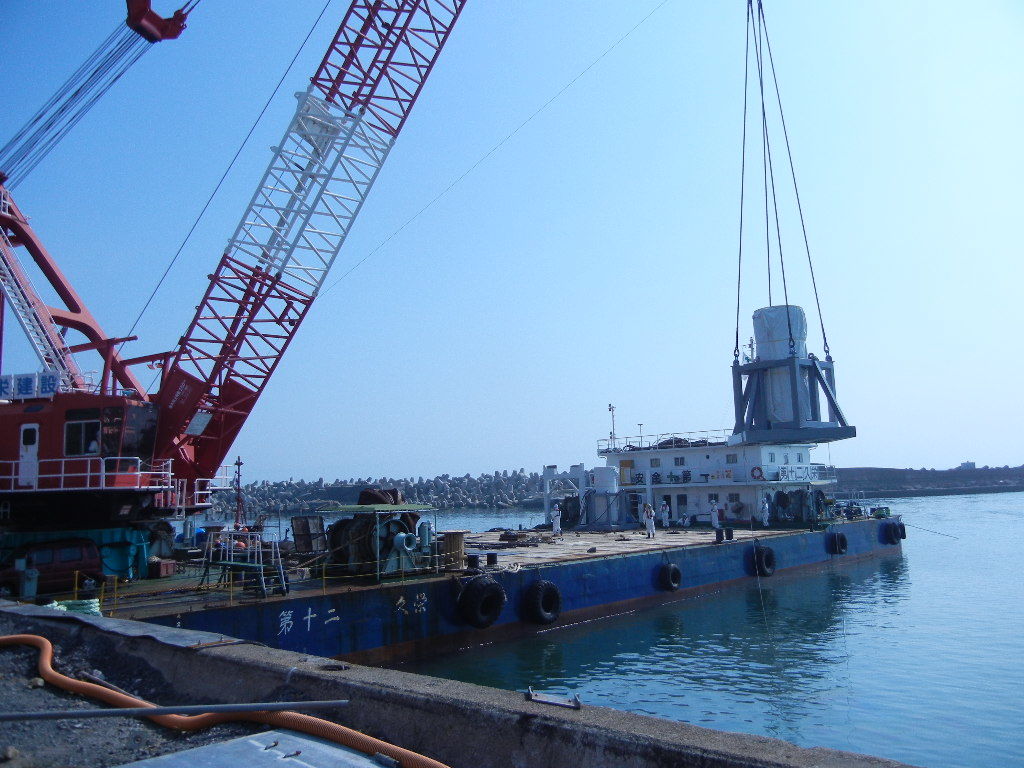The South Korean government has recently expressed its opposition to Japan’s decision to release more than 1 million tons of contaminated water from the Fukushima nuclear power plant into the sea. The government claims that the radioactive water poses a threat to the safety of neighboring countries and their marine environments. However, some critics have accused the government of exaggerating the risks and trying to appease public sentiment. In fact, the Prime Minister of South Korea, Han Duck-soo, has offered to drink the treated Fukushima water if it meets the World Health Organization’s standards. But is the Fukushima water really safe? And what are the implications of Japan’s plan for the region and the world? Let’s find out the truth from the scientific research and data.
What is the Fukushima water?
The Fukushima water is the water that has been used to cool down the damaged reactors at the Fukushima No. 1 nuclear power plant, which suffered a meltdown after a massive earthquake and tsunami in 2011. The water contains radioactive substances such as tritium, cesium, strontium, and iodine, which can pose health risks if ingested or exposed to high doses. The water is stored in more than 1,000 tanks on the plant site, but the storage capacity is expected to run out by next year. Therefore, Japan has decided to release the water into the Pacific Ocean after treating it with an advanced liquid processing system (ALPS) that can remove most of the radioactive elements except for tritium.
Why is tritium still in the water?
Tritium is a radioactive form of hydrogen that is naturally present in small amounts in the environment and in living organisms. It has a half-life of about 12 years, which means it takes 12 years for half of its radioactivity to decay. Tritium is difficult to separate from water because it forms part of the water molecule itself. Therefore, Japan argues that it is not feasible to remove tritium from the Fukushima water and that releasing it into the sea is a common practice in the nuclear industry around the world. Japan also claims that tritium poses a low risk to human health and marine life because it emits weak beta radiation that can be easily blocked by skin or clothing and because it dilutes quickly in large volumes of water.
Is Japan’s plan safe?
Japan’s plan to release the Fukushima water has been endorsed by several international organizations and experts, such as the International Atomic Energy Agency (IAEA), the United Nations Scientific Committee on the Effects of Atomic Radiation (UNSCEAR), and the Nuclear Regulation Authority (NRA) of Japan. They have stated that Japan’s plan is based on sound science and meets international standards and that the expected radiation doses to humans and marine life are well below the acceptable limits. However, Japan’s plan has also faced strong opposition and criticism from some neighboring countries, such as China, South Korea, and Taiwan, as well as from environmental groups, such as Greenpeace and Friends of the Earth. They have raised concerns about the potential environmental and health impacts of releasing large amounts of radioactive water into the ocean, especially on sensitive ecosystems and fisheries. They have also questioned Japan’s transparency and accountability in monitoring and reporting the discharge process and its effects.
What are some alternative solutions?
Some alternative solutions that have been proposed by critics of Japan’s plan include:
- Long-term storage on land: This option would involve building more tanks or facilities to store the Fukushima water on land until it becomes less radioactive over time or until a better technology for removing tritium is developed. However, this option would require more space, money, and maintenance, and it would also pose a risk of leakage or damage from natural disasters or human errors.
- Evaporation: This option would involve evaporating the Fukushima water into steam and releasing it into the atmosphere instead of into the sea. However, this option would also release tritium into
the air and it would require more energy and equipment than discharging into the sea. - Injection into deep geological formations: This option would involve injecting the Fukushima water into deep underground layers of rock or sediment that are isolated from groundwater and surface water. However, this option would require more research and development to ensure its safety and feasibility, and it would also face legal and social challenges regarding site selection and public acceptance.
Japan’s plan to release the Fukushima water into the sea has sparked a heated debate among various stakeholders, both domestically and internationally. While Japan maintains that its plan is safe and reasonable, some of its neighbors and environmental groups remain skeptical and concerned. The issue is not only a technical one, but also a political, economic, and ethical one, that involves balancing the interests and values of different parties. Ultimately, the decision should be based on the best available scientific evidence and the principles of transparency, accountability, and cooperation.
Photo Credit: © Tokyo Electric Power Company Holdings, Inc.


Comments